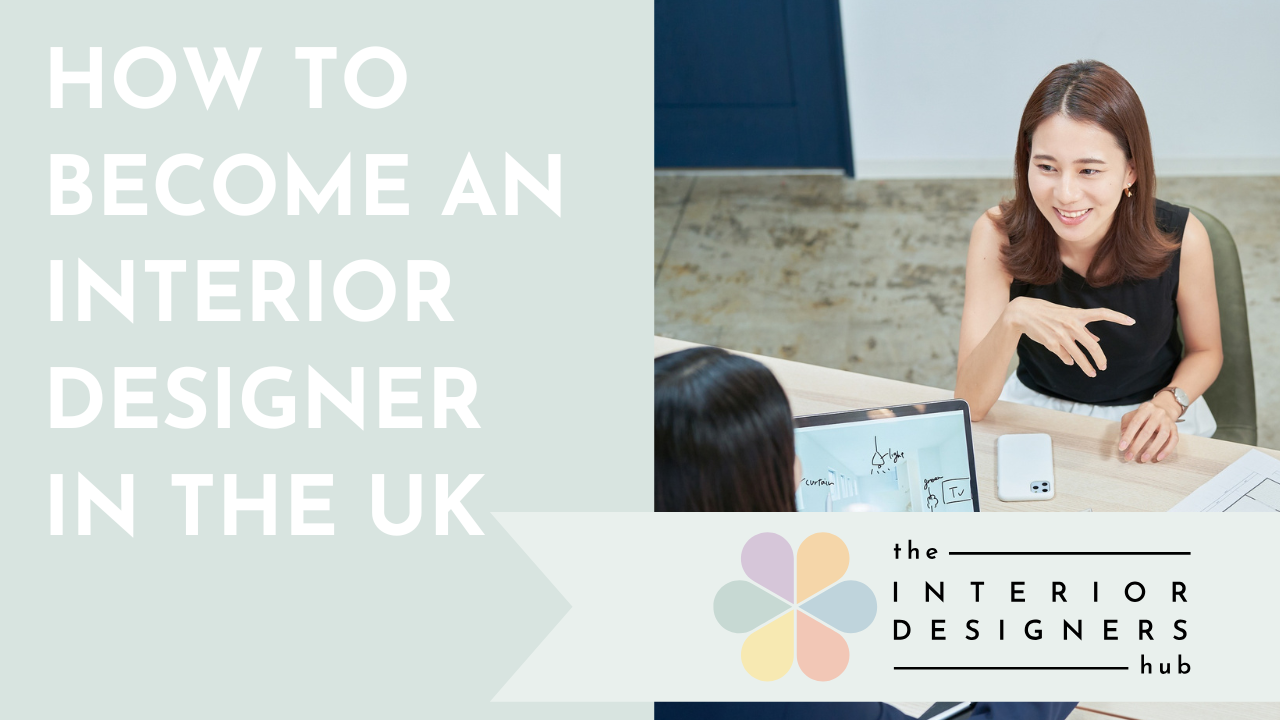A Very Different Decorex 2020

Given all that has been going on in 2020, it was a very different Decorex this year. It wasn’t the usual visual extravaganza that we are used to seeing but rather a deep and thought-provoking event. There were lots of interesting talks and debates which could be viewed live or on replay. The talks varied in title but there seemed to be a few key themes across them all, Sustainability, Biophilia and Wellness.
There was also a very interesting talk on Diversity in Design. The events of early Summer 2020 and the Black Lives Matter movement can’t have passed anyone by, but it certainly had a huge impact on two interior designers, Sophie Ashby and Alex Dauley. They put their heads together and decided they were going to try to address the issue of diversity, or the lack of it, in the interior design industry.
The industry has traditionally been viewed as stuffy, snobby, for the wealthy and difficult to break into unless you have the right background and connections. Sophie and Alex found lots of examples where people of colour were finding it almost impossible to find that ‘first’ job with a studio even after completing their degree and portfolios. In fact, Alex had first-hand experience of this which led her to setting up her own practice.
To overcome this, Sophie & Alex have set up United in Design which aims to lift these barriers and to attract and support youngsters from ethnic backgrounds into the industry through outreach programmes, mentoring and an apprenticeship scheme. They want to get into schools and promote life as a designer, speaking not only to the pupils but also their parents and they are encouraging other designers to do this too, particularly if they are Black or Asian themselves as children need to ‘see’ role models if they are to aspire to them.
They are also engaging with Press & PR to try to make people of colour more visible as both designers and consumers of design.
Just think, if every business in the industry, no matter how big or small, makes an effort to take one small step, then change will happen! We can’t wait for the governing bodies to take action. They may be well-intentioned but are large, cumbersome and slow-moving. One of the key bodies isn’t even planning to release their Diversity Strategy until March 21, almost a year from when the rest of the world woke up to the issue!
I’ll get off my soapbox now and turn to the other key themes.
SUSTAINABILITY
There was lots of talk on circularity and making sure that we reuse, recycle and upcycle where we can. Circularity needs to be a key consideration at the design stage of products and projects. In product design the aim should be to minimise the use of materials that can’t be put back into the earth and for materials to be put together in such a way to make disassembly easier and hence recycling easier (so we don’t throw the baby out with the bathwater so to speak).
We should be looking to nature, biomimicry, to help solve design problems and using natural materials where possible, e.g. natural upholstery rather than foam.
There was discussion around how we become more sustainable, it’s easily said but not so easily put into practice. Some were suggesting regulation was needed to make manufacturers and suppliers responsible for increasing reuse and reducing waste. They could be required to take back their products when we have finished with them. Something like Ikea’s, recently launched, buy-back scheme for some of their products. They provide a credit note to spend on a new Ikea item when you return a used product.
Another idea was better labelling of items, so we are aware of their composition, what’s biodegradable and what isn’t. A bit like food labelling.
But the overall consensus was that a change in culture was needed. We need to shift from valuing ‘newness’ to valuing older items, their history and their stories.
We need to change the perception of upcycling from something that ‘quirky’ people do, to something that can be stylish and that we all do.
We need to stop using the term ‘waste’ and use something else more positive instead, unless of course there really is no other use for it.
In terms of what can we do as designers and consumers, we can increase our own awareness and ask more questions of suppliers. There are various carbon footprint training courses and calculators out there. I tend to think of myself as reasonably ‘green’ but I tried a calculator and was shocked!
When dealing with suppliers, even as a consumer, we shouldn’t be 'greenwashed'. Even if they have various certifications, we need to be asking probing questions on their sustainability policies and where their products are sourced from. We recently had a supplier come to talk to us in our Hub and I was delighted to see so many of our members asking probing questions. If a supplier is worth their salt, they should be able to answer your questions or at least come back to you with the answer.
WELLNESS
There were also several talks that tackled the issue of how interior design can help improve our Wellness (health and happiness). The focus is less on the aesthetics of a home but more about how it affects your life in terms of feelings and emotions. We’ve all seen the house-hunting tv shows where the house ticks all their boxes and may look beautiful, but they say it just doesn’t ‘feel’ right.
To make a home ‘feel’ right, we need to satisfy people’s wellness needs:
- Mental and emotional wellbeing – we need a calm place to reduce stress, relax and recharge. Using natural materials, colours and views to nature can help strengthen the connection with nature and reduce stress.
- Physical wellbeing – improving air and light quality through technology, e.g. air purification systems or intelligent lighting systems to work with our circadian rhythm. Both of these will improve our sleep and make us more productive during the day. However, we don’t need technology to do this, we can use natural air fresheners such as plants and open windows to improve our air. We can keep curtains and blinds pulled back from windows to maximise natural light during the day and low ambient light at night to signal the brain to relax.
- Social wellbeing – we need functional space to mix as a family and to entertain guests. Good space planning means that we can clearly delineate between private and social spaces.
If we can meet all these needs, then the home should ‘feel’ right.
BIOPHILIA
Biophilic design is based on the premise that we are intrinsically connected to nature, that we are just part of the natural world, “and to dust we shall return”. It takes a holistic approach to design, considering what’s good for both people and the environment, so it’s really putting into practice, the principles of sustainability and wellness.
There is a misconception that it’s just a case of putting a few plants in your room and painting the walls green! But there is so much more to it than that. It’s about improving our connections and access to nature by using materials, textures and colours from nature to improve our lives.
This is all very well and good in the country, but how can we evolve our towns cities to become closer to nature. The thinking was that we need better urban planning which incorporates, walking spaces, community spaces, green space, and where space is tight, balconies on homes without gardens.
Is biophilia just a trend, a passing phase? Well, time will tell but I’m inclined to think it’s here to stay unless we find another way of dealing with our environmental issues and our busy, busy, stressful lives.
So overall, Decorex was a very different experience this year. I enjoyed the discussions and loved some of the sustainable products that were referred to, but I was still left with the feeling that we have a long way to go yet. If you look at many of the beautifully crafted products made from sustainable or recycled materials, price-wise, they are waaaay out of the reach of many of us. I’m not under-valuing great craftmanship, I believe craft has its price, but we need to find a way of making ‘green’ products more affordable and available to the general market or take-up of sustainability will always be low. But at least the ball has started rolling…..
If you enjoyed reading this and would like to discuss these topics with other design lovers, click the link here to join our free Facebook group.
Not sure how to set up and run your own business?
👇 Grab our step by step roadmap and stop guessing! 👇
By submitting this form you consent to receiving marketing emails. You can subscribe at any time.









